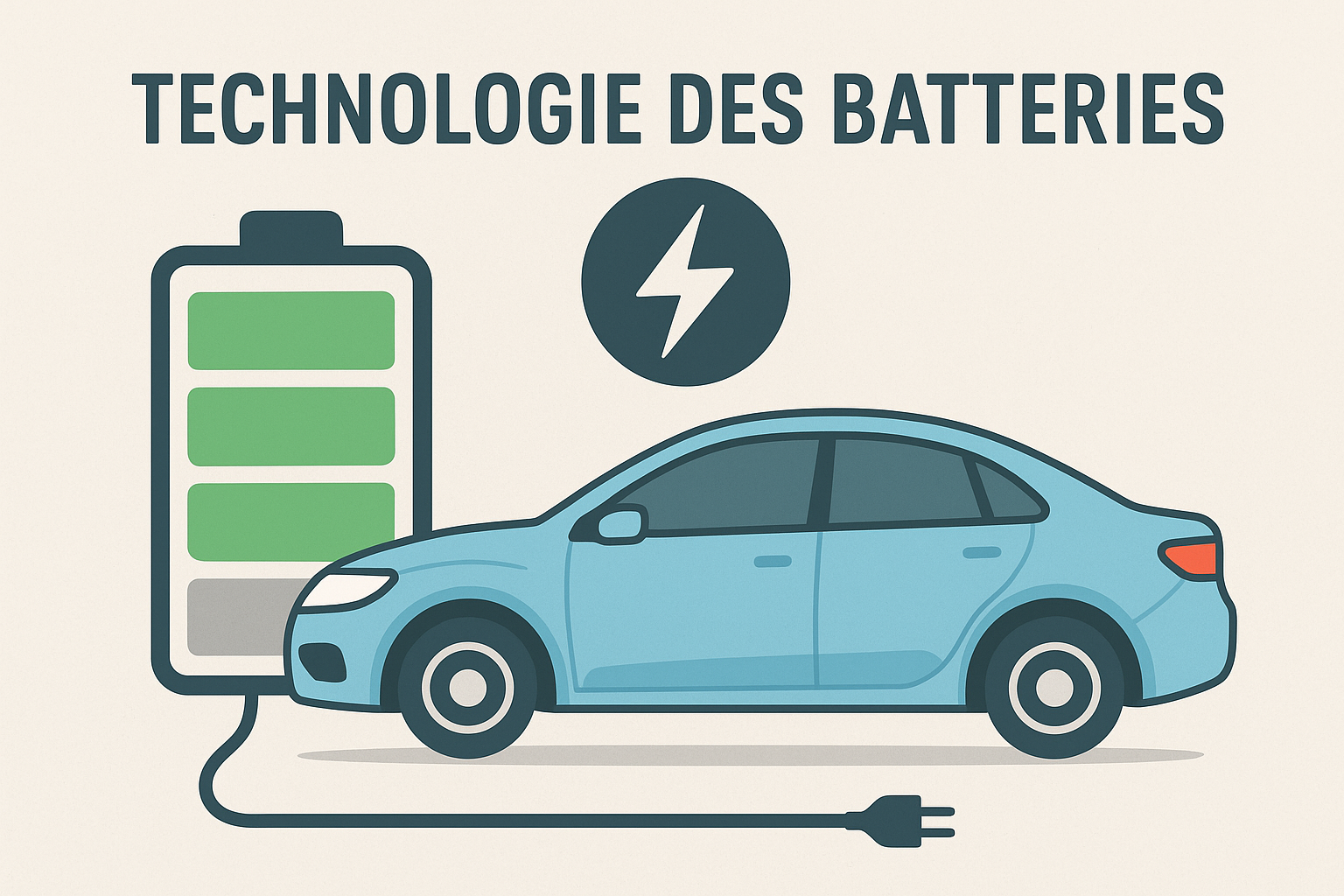- Enseignant: seifeddine azoug
Responsable Cours et TP:
Dr. Hichem TIAIBA
- Enseignant: seifeddine azoug
Connaître les circuits combinatoires usuels. Savoir concevoir quelques applications des circuits combinatoires en utilisant les outils standards que sont les tables de vérité, les tables de Karnaugh. Introduire les circuits séquentiels à travers les circuits bascules, les compteurs et les registres.
- Enseignant: khaoula belguidoum
Connaitre les principes de base de l’électrotechnique. Comprendre le principe de fonctionnement des transformateurs et des machines électriques. Connaissances préalables recommandées : Notions électrotechnique. Contenu de la matière
- Enseignant: boualem boukezata
Automotive safety focuses on reducing the risk of accidents and minimizing injuries to vehicle occupants and road users. It plays a crucial role in the design, engineering, and operation of modern vehicles.
The chapter begins by defining automotive safety as the collection of technologies, systems, and design principles aimed at preventing accidents (active safety) and protecting occupants during and after collisions (passive safety).
- Enseignant: madani grine
Introduce students to the world of telecommunications by teaching them basic concepts
about traditional and emerging local area networks. Understand the specific constraints
of local area networks. Choose a local area network and associated equipment. Size, install,
configure, and diagnose a local area network.
- Enseignant: sarra bendib
- Enseignant: wafa feneniche

Ce cours a pour objectif de familiariser les étudiants avec les principes fondamentaux, les technologies et les applications des batteries utilisées dans les systèmes automobiles modernes.
Il vise à fournir une compréhension complète du fonctionnement électrochimique, des caractéristiques de performance, des enjeux technologiques et environnementaux liés à ces dispositifs essentiels de stockage d’énergie.
- Enseignant: abdeslem sahli

The primary goal of studying digital electronics is to design and analyze circuits that process binary signals (0s and 1s) to form the foundation of modern computing and control systems, such as computers and smart devices; this begins with logic gates (AND, OR, NOT, NAND, NOR, XOR), which serve as the basic building blocks for performing fundamental logical operations on bits; these gates are combined to create combinational logic circuits, where the output depends solely on the current inputs (with no memory) and are used for immediate operations like adders, comparators, and multiplexers; in contrast, sequential logic circuits incorporate memory elements such as flip-flops and clock signals, allowing outputs to depend on both current inputs and previous states, enabling functions like counters, registers, and finite state machines; ultimately, mastering these concepts—from gates to complex processors—empowers the creation of all digital technologies we rely on today.
- Enseignant: mounir rouabah
